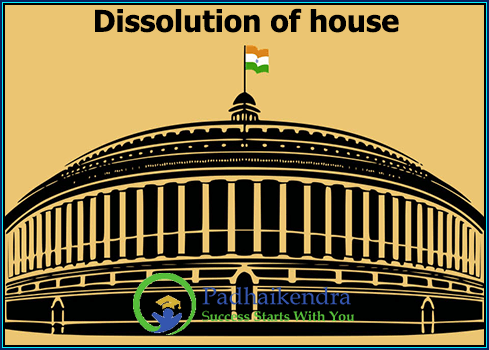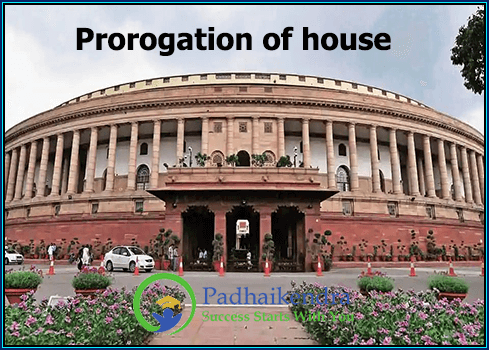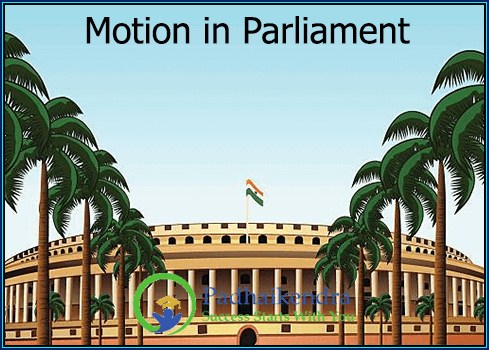Dissolution of the house refers to the termination of the current Lok Sabha, which is the lower house of the Indian Parliament. The dissolution of the house can take place in three ways:
- Automatic Dissolution: The term of the Lok Sabha is five years, and it automatically dissolves at the end of its term. Once dissolved, a general election is held to elect a new Lok Sabha.
- Dissolution by the President: The President of India has the power to dissolve the Lok Sabha before the completion of its term. This can happen when the Prime Minister loses the support of the majority in the Lok Sabha or when no party is able to form a government after the general elections. In such a case, the President can dissolve the Lok Sabha and call for fresh elections.
- Dissolution by the Prime Minister: The Prime Minister can advise the President to dissolve the Lok Sabha and call for fresh elections. This can happen when the Prime Minister feels that his or her government has lost the support of the people and needs a fresh mandate.
Once the Lok Sabha is dissolved, the entire council of ministers ceases to hold office, and the Prime Minister becomes a caretaker Prime Minister until the new government is formed. A general election is held to elect a new Lok Sabha, and the process of forming a new government begins.
Dissolution of the Lok Sabha is an important event in the functioning of Indian democracy, as it marks the end of one term of the lower house and provides an opportunity for the people to elect a new government.





